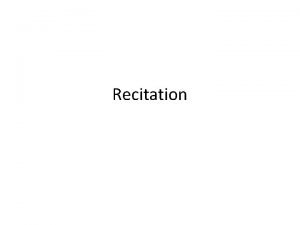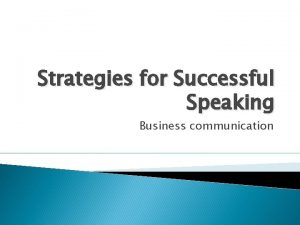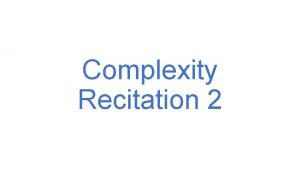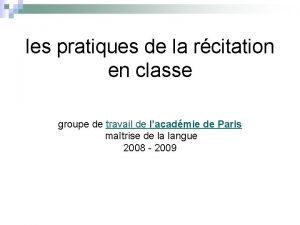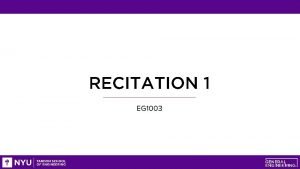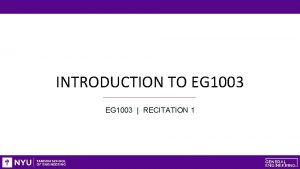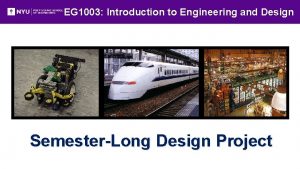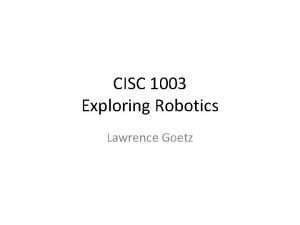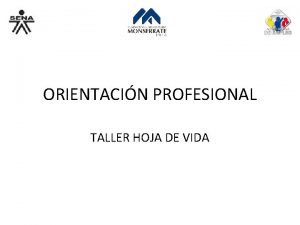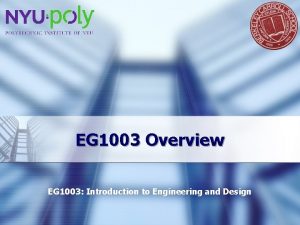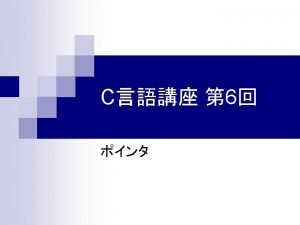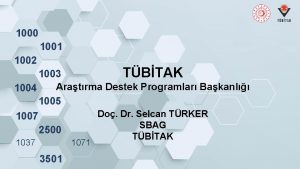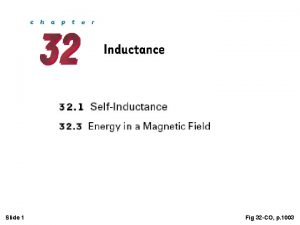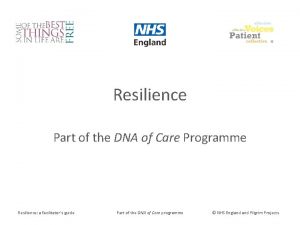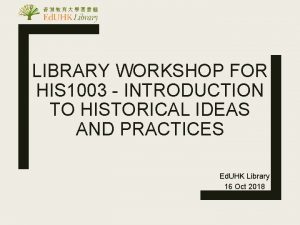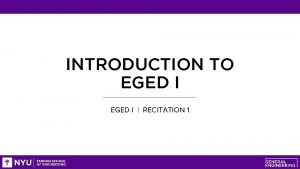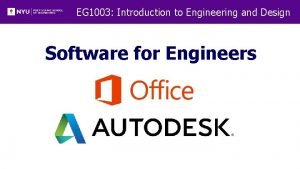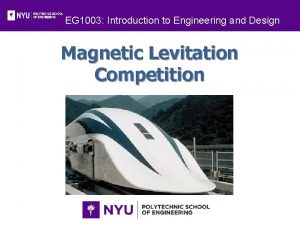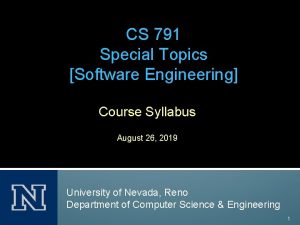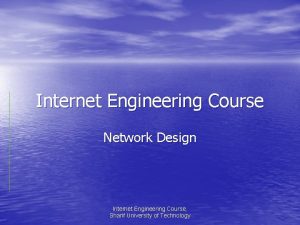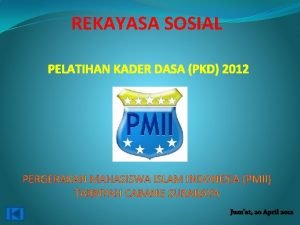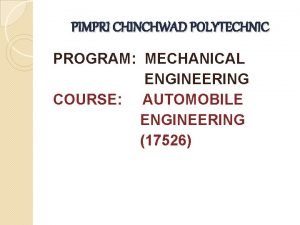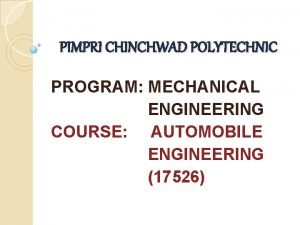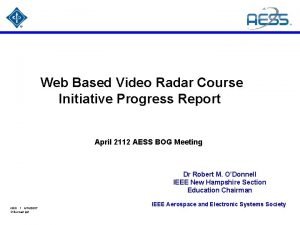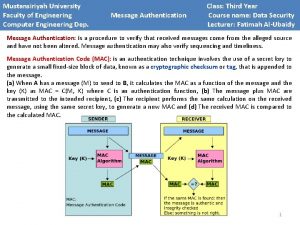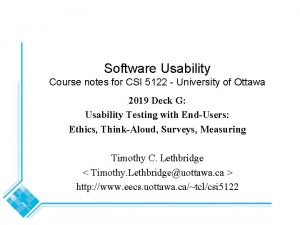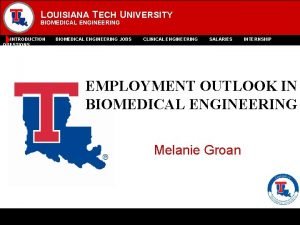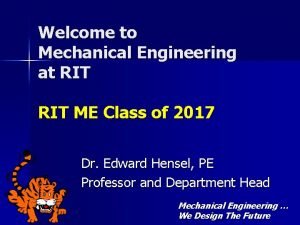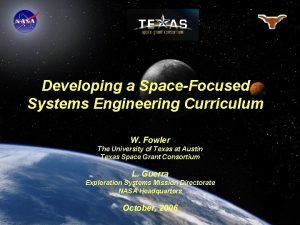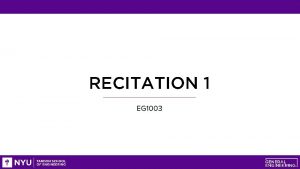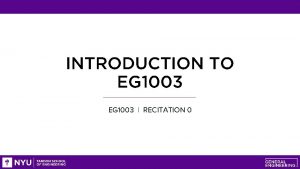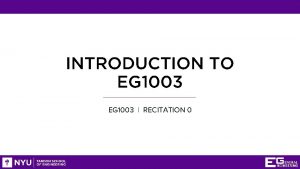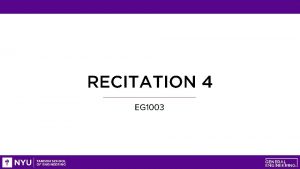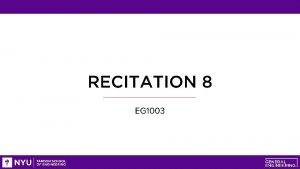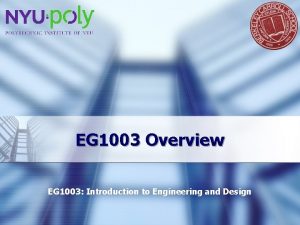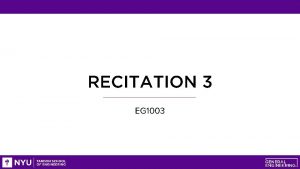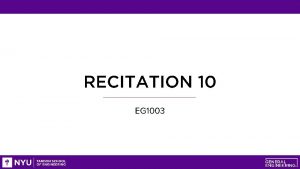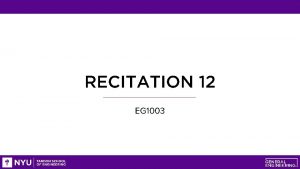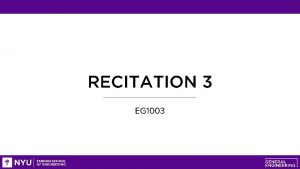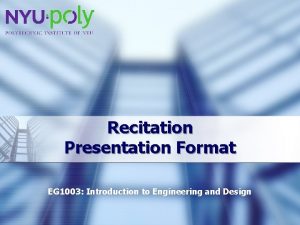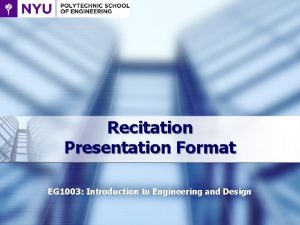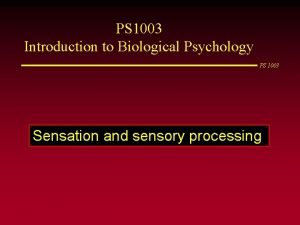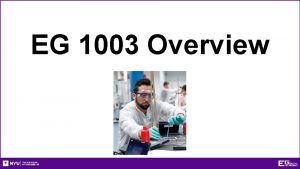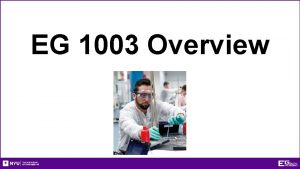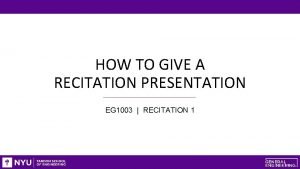RECITATION 1 EG 1003 AGENDA Engineering Curriculum Course












































- Slides: 44

RECITATION 1 EG 1003

AGENDA • • Engineering Curriculum Course Overview Academic Honesty & Plagiarism How to Give a Recitation Presentation 2

ENGINEERING CURRICULUM

ENGINEERING CURRICULUM 4

ENGINEERING CURRICULUM The ‘T’ Shaped Engineer: • Height represents expertise • Width represents breadth of general knowledge • ‘T’ shape enables engineers to solve a wide range of problems 5

ENGINEERING CURRICULUM ABET Outcomes: 1. Identify, formulate, and solve engineering problems by applying principles of engineering, science, and mathematics. 2. Apply analysis and synthesis in the engineering design process, resulting in designs that meet desired needs. 3. Develop and conduct appropriate experimentation, analyze and interpret data, and use engineering judgment to draw conclusions. 4. Communicate effectively with a range of audiences. 5. Recognize ethical and professional responsibilities in engineering situations 6. Recognize the ongoing need for additional knowledge and locate, evaluate, integrate, and apply this knowledge appropriately. 7. An ability to function effectively on teams that establish goals, plan tasks, meet deadlines, and analyze risk and uncertainty 6

COURSE OVERVIEW

COURSE OBJECTIVES • Explore concentrations of engineering • Develop professional skills • Teamwork • Oral communication • Written communication • Develop technical skills • Utilize the engineering design process 8

COURSE FORMAT Lecture 1 hr / week Lab 3 hr / week Recitation 1. 5 hr / week Semester-Long Design Project 9

LECTURE • Department and guest lecturers cover engineering aspects • Mandatory attendance • Taken during first five minutes • Don’t be late! 10

LABORATORY • Lab groups of 2 -3 students • Weekly lab report due at 11: 59 pm on night before the next lab • Weekly quiz • Lab material • Lecture material • Makeup labs requested on EG website 11

RECITATION • Student presentations on labs & projects • Due at 11: 59 pm the night before recitation • Professor and TA material on becoming a wellrounded engineer: • Engineering career pathways • Professional skills • Engineering mindset • Technical writing 12

SEMESTER-LONG DESIGN PROJECT (SLDP) • Ten-week project • Teams of 2 -3 students • More info to come Figure 1: Sample SLDP RAD project courtesy of EG 1003 13

ABSENCE & TARDY POLICIES Lecture • Attendance in first five minutes Laboratory • No extensions on quiz time for tardiness Recitation • Unexcused absences result in 0 on presentation • Your group will present without you 14

ABSENCE & TARDY POLICIES • Notify Professor and Recitation TA in advance of absence • Excused absences processed through NYU Tandon Student Affairs Full absence & tardy policies on the EG 1003 Manual 15

GRADING BREAKDOWN Item TA Lab Reports WC Lab Reports Lab Quizzes Recitation Presentations Semester-Long Design Project Lecture Attendance Percentage of Grade 20% 5% 15% 30% 16

COURSE RESOURCES EG 1003 Website eg. poly. edu EG 1003 Lab Manual manual. eg. poly. edu • • Assignment submission Course announcements Syllabus & schedule Grades Lab & project information Course material Course policies Help and how-tos 17

QUESTIONS?

ACADEMIC HONESTY & PLAGIARISM

WHAT IS ACADEMIC DISHONESTY? NYU Code of Conduct: Misrepresentation, deception, dishonesty, or any act of falsification to influence academic evaluation Cheating Forgery • Using unauthorized resources • Altering an academic document Fabrication Duplicating Work • Falsifying data or sources Unauthorized Collaboration • Group work on individual tasks • Using work for multiple courses Plagiarism • Failure to credit borrowed content 20

IMPORTANCE OF PROPER CITATION Severe consequences for failing to give proper credit • Civil penalties (lawsuits) • Criminal penalties Professionally • Loss of reputation • End of career • Zeros on assignments • Course failure Academically • Reported to Student Affairs • Expulsion from the university 21

PROFESSIONAL ETHICS National Society of Professional Engineers Code of Ethics • Responsibility for welfare, safety and health of the public • Uphold respectability of profession • Avoid deceptive acts Full code of ethics at NSPE. org Figure 2: NSPE Logo courtesy of NSPE 22

EG 1003 PLAGIARISM POLICY Software used to compare lab reports: • Peer submissions • Previous students • Other sources 1 st Offense 2 nd Offense Zero on assignment, notify Student Affairs Fail EG 1003 23

STRATEGIES TO AVOID PLAGIARISM Start Early • • Last minute pressure can cause students to plagiarize Deductions for late work are better than a zero Cite Frequently • • Don’t Share Work • You are also penalized if your work is copied! Cite lab manual and all other sources used Citation presentation in student manual to help Don’t Search Online Databases • Your work is checked using a software 24

CITING IN LAB REPORTS • Full citation in works cited section: NYU Tandon School of Engineering. (2020). “Lab 11: Biomedical Forensics. ” EG 1003 Online Lab Manual. Accessed 6 August 2020 from manual. eg. poly. edu. • In text citation near info quoted or paraphrased: (NYU Tandon, 2020) 25

QUESTIONS?

HOW TO GIVE A RECITATION PRESENTATION

LAB PRESENTATION OVERVIEW • Timed five-minute presentation on labs • Post-presentation feedback from Professor, WC, and TA • Listen & learn: penalty for redundant feedback • Graded on visual and verbal presentation 28

PRESENTATION FORMAT Consistent format and order for all lab presentations: • Title • Procedure • Overview • Data/Observations • Experimental Objective • Results • Introduction • Conclusion • Background Information • Title use S Y A ALW r! e d r o s thi • Materials 29

TITLE SLIDE • • • Lab number and title Course number and section Date of experiment Date of presentation Team members’ names • Alphabetical by last name • Repeat title slide at end of presentation Figure 3: Sample title slide 30

OVERVIEW SLIDE • Slide title “Overview” • No need to read slide aloud during presentation • Same agenda slide/order for all presentations! Figure 4: Overview slide sample 31

EXPERIMENTAL OBJECTIVE SLIDE • Slide title “Experimental Objective” • Scientific principles/objectives • No learning objectives • Specify if experiment is a competition Figure 5: Experimental objective sample 32

INTRODUCTION SLIDE • Slide title “Introduction” • Relevance & real-life application of topics in lab • Importance of topics in engineering Figure 6: Introduction sample 33

BACKGROUND INFORMATION SLIDES • Slide title “Background Information” • Scientific background: • Main concepts • Theories • Equations • Competition rules & ratios Figure 7: Background info sample 34

MATERIALS SLIDE • Slide title “Materials” • Only list materials used • No competition cost tables • No need to read aloud during presentation Figure 8: Materials sample 35

PROCEDURE SLIDES • Slide title “Procedure” • Steps followed in lab • Flowcharts or bullets • Two slide maximum • Pictures of equipment (optional) Figure 9: Procedure sample 36

DATA/OBSERVATIONS SLIDES • Slide title “Data/Observations” • What you saw and recorded • Pictures • Tables (title) • Graphs (title & labels) st u m a i d All me ptions! a have c Figure 10: Data/Observations sample 37

RESULTS SLIDE • Slide title “Results” • Show sample calculations • Compare results to expectations & other groups design’s • Refer to data to support results Figure 11: Results sample 38

CONCLUSION SLIDE • • • Figure 12: Conclusion sample Slide title “Conclusion” Was experiment successful? Objectives achieved Place in competition Improvements 39

VISUAL DELIVERY • No full sentences PROFESSIONAL & READABLE • Include images from labs • No hand-drawn lab notes • Consistent fonts and text sizes • No serif fonts • 18 -point font minimum • Slide numbers • Don’t crowd slides 40

VISUAL DELIVERY • Use figures and images • e. g. Figure 12 explains photosynthesis • Captions with every image • Main points on slides only • Elaborate your points verbally • X by X Rule (X = 3, 4, 5, 6, or 7) • e. g. 5 lines per slide, 5 words per line Figure 13: Photosynthesis diagram courtesy of Vector. Stock 41

PHYSICAL DELIVERY • Speak loudly and slowly • Face the audience • Eye contact with audience • Utilize a laser pointer where appropriate • Mistakes happen! • Stay calm and keep presenting Figure 14: Presentation delivery courtesy of NBC 42

CLASSROOM PREPARATION Preparation: • Technical difficulties do happen! • Bring extra copy of presentation on thumbdrive or laptop • Be prepared to present without slideshow Classroom etiquette: • No laptop/cellphone/technology use in class • Give presenter your full attention • No rehearsal during class time tte Etique s ion infract oss in l t l u s e r ts n i o p f o 43

QUESTIONS?
 Passive recitation
Passive recitation Quood recitation
Quood recitation Impromptu speaking business
Impromptu speaking business Learning objectives of poem recitation
Learning objectives of poem recitation Tips for reciting poetry
Tips for reciting poetry What is meant by etiquette of recitation of the holy quran
What is meant by etiquette of recitation of the holy quran Recitation les machines
Recitation les machines Strengths and weaknesses of product-oriented assessment
Strengths and weaknesses of product-oriented assessment 100belaud
100belaud Agenda sistemica y agenda institucional
Agenda sistemica y agenda institucional Eg 1003
Eg 1003 Manual.eg.poly
Manual.eg.poly Manual.eg.poly
Manual.eg.poly Cisc 1003
Cisc 1003 Hoja de vida minerva 1003 resuelta 2021
Hoja de vida minerva 1003 resuelta 2021 Eg 1003
Eg 1003 1001 1002 1003 1004
1001 1002 1003 1004 Tübitak 1004 bursiyer ücretleri
Tübitak 1004 bursiyer ücretleri Fig 1003
Fig 1003 Eg 1003
Eg 1003 Flv 1003
Flv 1003 His 1003
His 1003 Lss-1003
Lss-1003 Eg 1003 lab manual
Eg 1003 lab manual Eg 1003
Eg 1003 Eg 1003
Eg 1003 Curriculum agenda
Curriculum agenda Soldier course vs sailor course
Soldier course vs sailor course Course number and title
Course number and title Chaine parallèle muscle
Chaine parallèle muscle Software engineering course syllabus
Software engineering course syllabus Internet engineering course
Internet engineering course Reksos adalah
Reksos adalah Mechanical engineering course
Mechanical engineering course Mechanical engineering course
Mechanical engineering course Radar systems engineering course
Radar systems engineering course Computer engineering course
Computer engineering course Introduction to software engineering course outline
Introduction to software engineering course outline Software engineering uottawa course sequence
Software engineering uottawa course sequence Biomedical engineering la tech curriculum
Biomedical engineering la tech curriculum Steven day rit
Steven day rit Uva systems engineering curriculum
Uva systems engineering curriculum What is system in software engineering
What is system in software engineering Forward engineering and reverse engineering
Forward engineering and reverse engineering Dicapine
Dicapine
